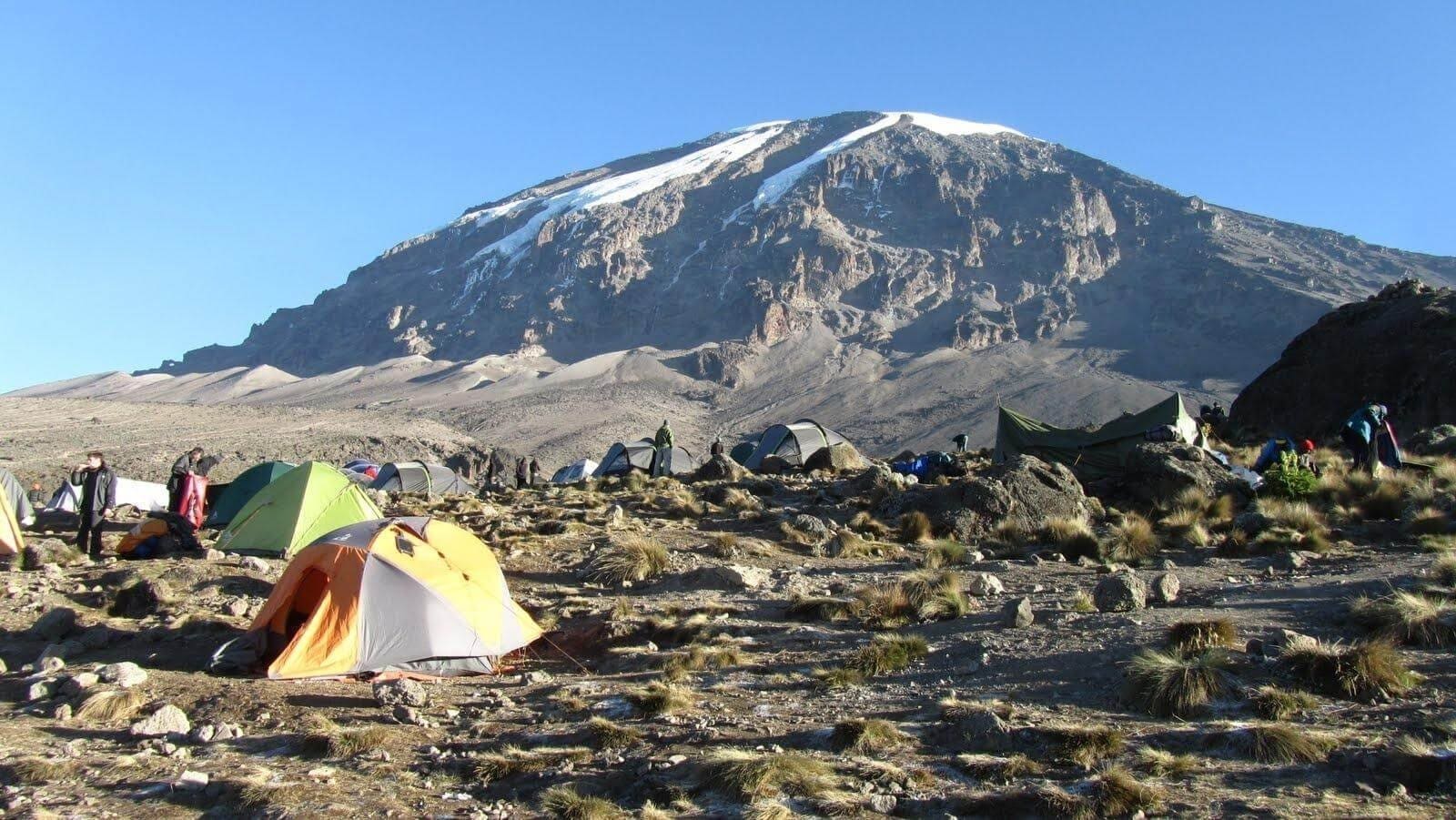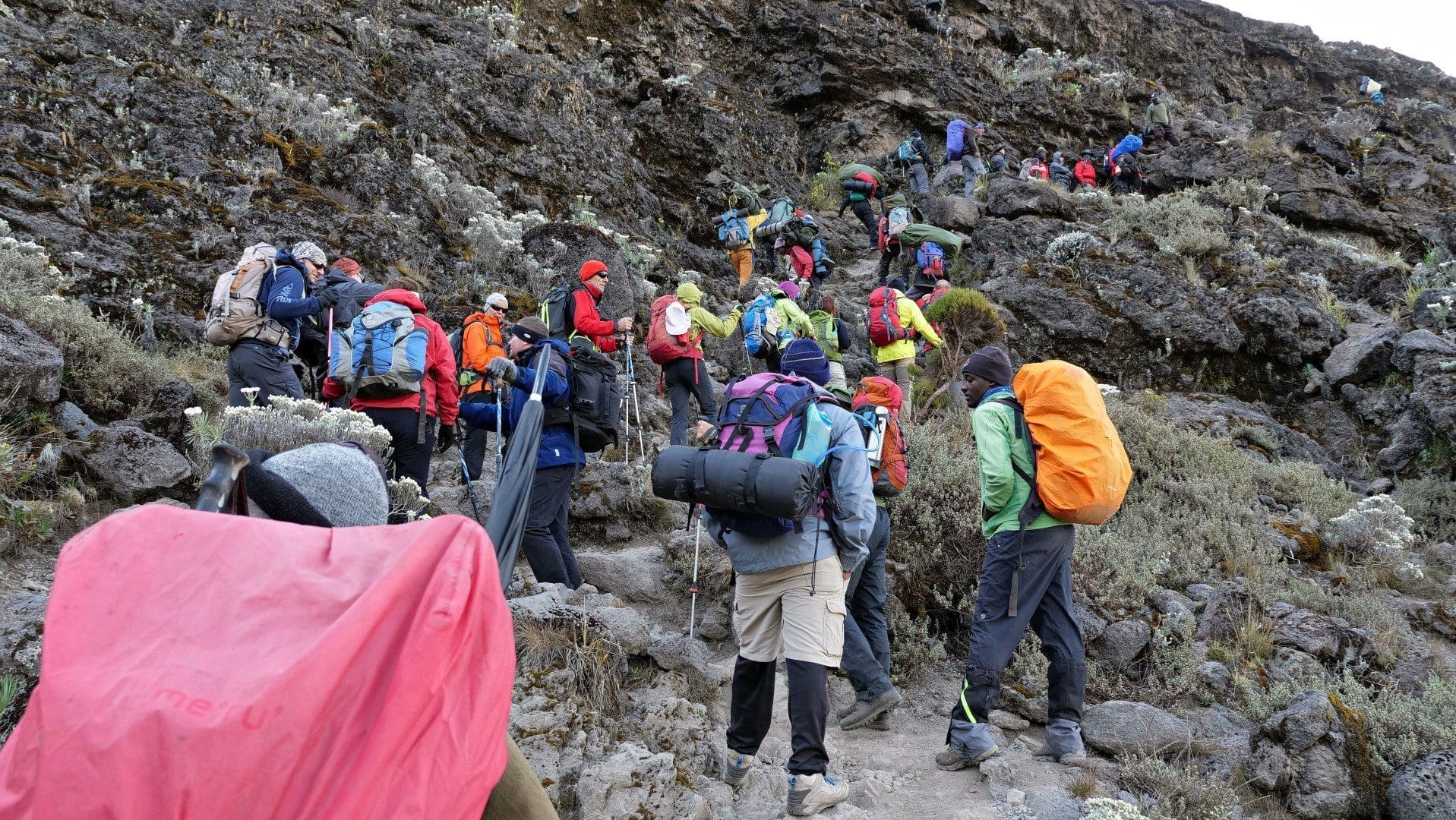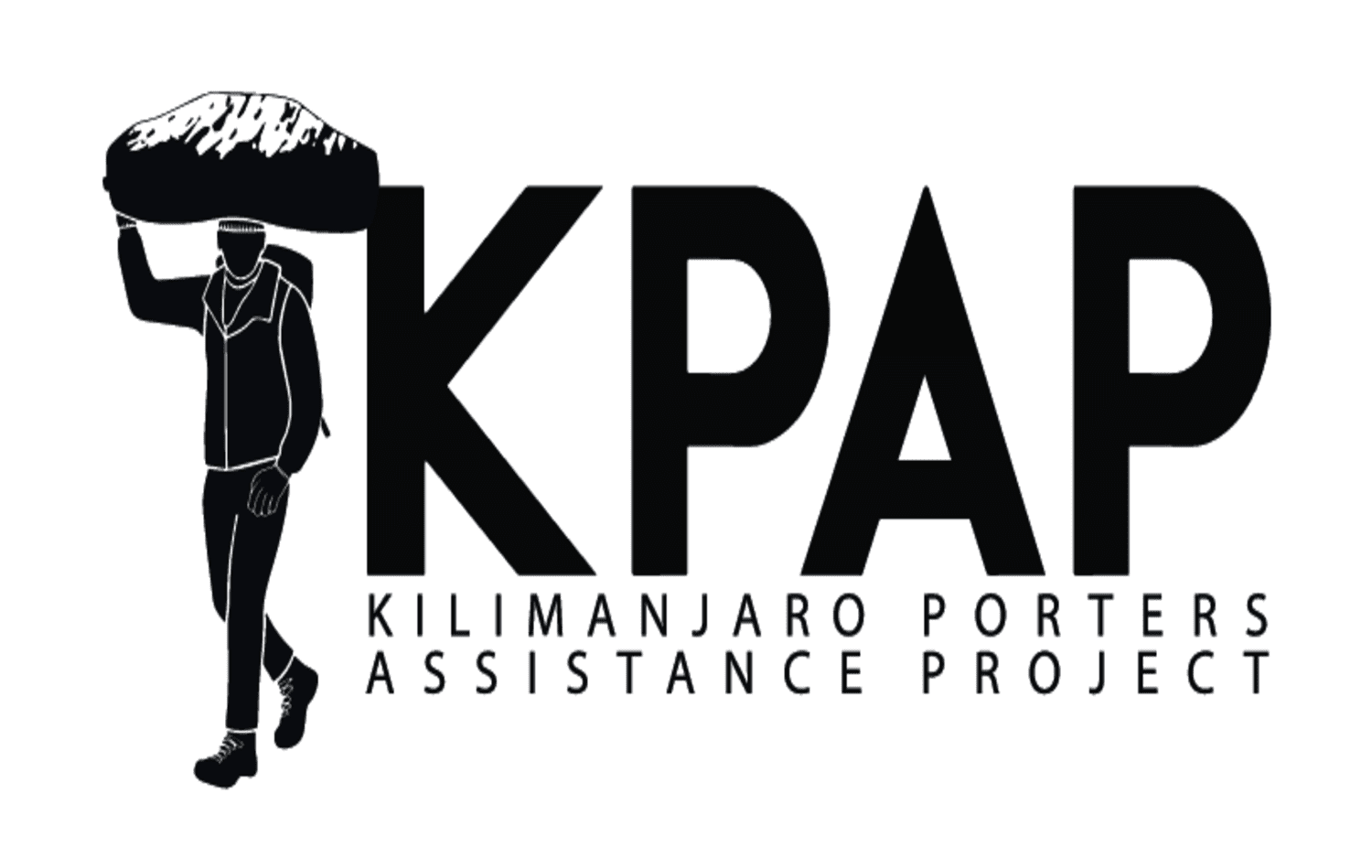The Umbwe Route is one of the most challenging and scenic trekking routes to the summit of Mount Kilimanjaro. Known for its steep ascent and stunning views, it offers an unforgettable adventure for experienced hikers and those seeking to push their limits. This article explores the Umbwe Route, its unique features, why it’s considered one of the toughest routes on Kilimanjaro, and what you can expect during the climb.
Overview of the Umbwe Route
The Umbwe Route is the shortest and steepest path leading to the summit of Mount Kilimanjaro. Starting from the southwest of the mountain, it’s often considered one of the most difficult routes due to its rapid elevation gain and challenging terrain. The route takes trekkers through a variety of ecosystems, from lush rainforests to alpine deserts, providing a truly immersive experience in the heart of Africa’s highest peak.
Although it’s less crowded than other routes like the Machame or Marangu, the Umbwe Route attracts adventurous climbers looking for a more demanding challenge. The route is typically completed in 6 days, though some experienced trekkers may opt for a faster ascent.
Scenic Beauty:
More Challenging:
Less Crowded:
Quick Ascent:
Day 1: Umbwe Gate to Umbwe Camp (1,800m to 3,000m)
Day 2: Umbwe Camp to Barranco Camp (3,000m to 3,950m)
Day 3: Barranco Camp to Karanga Camp (3,950m to 4,035m)
Day 4: Karanga Camp to Barafu Camp (4,035m to 4,673m)
Day 5: Barafu Camp to Uhuru Peak (4,673m to 5,895m)
Day 6: Descent to Mweka Gate (3,100m to 1,640m)


The Umbwe Route is one of the most rewarding trekking paths on Mount Kilimanjaro, providing a combination of stunning landscapes, challenging terrain, and an adventurous atmosphere. While it is not recommended for beginners, those who are experienced and physically prepared will find it to be a thrilling and satisfying way to reach the summit. Whether you’re drawn to its challenging ascent, its quiet solitude, or the incredible views along the way, the Umbwe Route promises an unforgettable adventure.



TERMS AND CONDITIONS | AFRICAN SAFARI | PRIVACY POLICY | REFUND POLICY | FOR TRAVEL AGENCIES | HOTELS IN TANZANIA | OUR BLOG
© 2025 Shiri Adventures